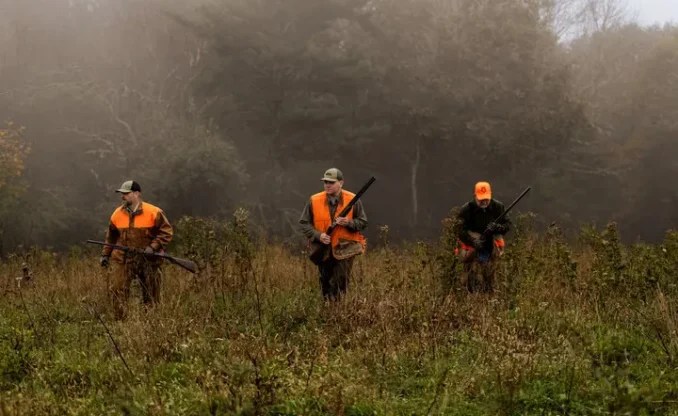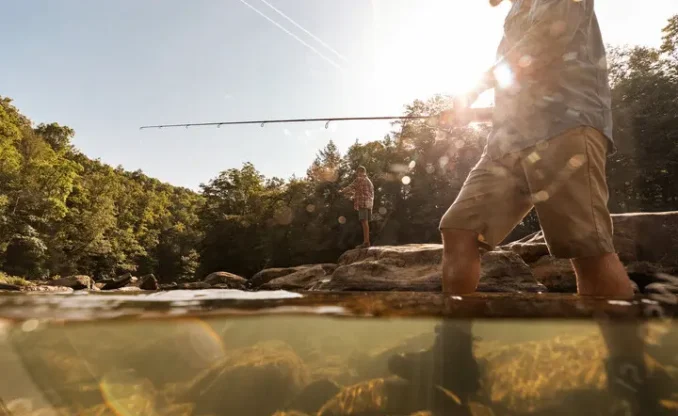Family: Centrarchidae
Common Family: The Sunfish Family
Common Name: Black Crappie
Scientific Name: Pomoxis nigromaculatus
Ecological Description/Identification
Black crappie are pan-size fish which are silver and black. They have a large mouth and their spiny-rayed and soft-rayed dorsal fins are connected. They also have irregular black spots or blotches along their sides like a checkerboard. Black crappie have seven or eight dorsal spines and white crappie have six dorsal spines.
Habitat
Black crappie can be found throughout West Virginia in our larger streams, rivers and reservoirs. They like brushy habitat including standing timber, fallen trees and brush piles. Crappies begin to congregate near spawning areas in early spring and spawning begins when water temperatures reach 64 degrees. This is a great time of year to introduce kids to fishing because crappies can be caught easily with hook and line at this time of year.
Conservation Issues
Black crappie are an important recreational fish and can be managed through recreational fishing regulations, which may include but are not limited to season, bag/creel limits, size limits or water body.
Facts
Their diet consists mainly of small fish, insects, and crustaceans. Anglers use small minnows and small lures fished in brushy areas. The black crappie is a very popular sportfish in WV especially and can be found in all U.S. Army Corps. reservoirs, small impoundments and slow-moving sections of rivers and streams. The WV state record crappie was 19.75 inches and was 4.05 lbs. (Leonard Edgell, 1971). The world record crappie is 5.46 lbs. and was caught in Tennessee, 2018. Black crappie are thought to be less tolerant than white crappie to turbid water but mostly occupy the same waters in WV. One of the prettiest fish in fresh water, anglers have given them many nick names including: croppie, calico bass, speckled bass, papermouth, and speckled bass.
Similar Species
White crappie have five to six dorsal spines, rarely seven or eight like black crappie.



